Pie charts often have a less than pleasing reputation when it comes to data visualization. Despite being a valuable and effective way of showcasing data, using pie charts for visualization is considered an amateur move, one that shows a lack of knowledge and experience. However, regardless of the criticism, pie charts are still used every day and with good reason.
Why the Debate Around the Use of Pie Charts?
Pie charts are considered bad for visualization as humans can compare length better than angles – making other graphs far more suitable. What most users fail to understand is that pie charts are meant to showcase the part-to-whole relationship between the given data, and not for comparison.
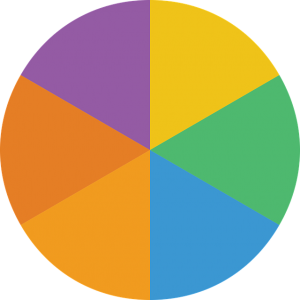
Many complain that there are better methods for visualization, but in defense of pie charts, you should consider what you are trying to show rather than criticize the medium of delivery. You need to understand that pie charts are an intriguing way to represent straightforward data.
The Advantages of Pie Charts
Pie charts have clear advantages in data visualization across industries, let’s take a look at some of these:
- Clarity – Pie charts are easy to understand for the average individual. You don’t need to study statistics or repeatedly view the chart to comprehend what it’s trying to convey. This is crucial when presenting data visualizations to customers or for general public consumption.
- Simple Communication – Pie charts are a great way to represent a basic set of data. A circle divided into numerous parts is uncomplicated and easy to grasp.
- Visual appeal – Pie charts are visually intriguing, as they can be customized to match the situation. Creating a chart for younger audiences? Use bright colors. Want to create a chart for a business meeting? Use company colors.
- Puts the readers first – Unlike other forms of visualization, when reading a pie chart, they do not have to know how to examine the underlying data and calculations to grasp what the graph represents.
Making Great Pie Charts
There’s nothing wrong with using pie charts for data visualization, provided you know how to use them. Here are a few pointers:
- Data is king – Since the primary goal of a pie chart and other graphs is portraying data, understand what works for you. Data for pie charts need to be categorized, cannot overlap, and have no negative values. The divisions in a pie chart must also add up to a meaningful whole.
- Organization – Now that you have chosen the right data, you must organize it from largest to smallest so you can make accurate divisions. Group your data into three to five meaningful categories.

- Colors – Use colors that are suited for the occasion. Bright colors are, however, useful for specific ad campaigns. Typically, it is recommended to use grey on slices that represent around 1-2% of the data.
- Combine smaller slices – When you have slices that represent small amounts of data, combine them into a larger slice. For example, if you have six slices and two of them represent small portions, you can combine them into an “others” group or similar categories.

- Labels – You can label bigger slices inside or around the chart but smaller slices can be labeled outside, either through a key or by using arrows.
- Placement – Since pie charts are not flexible, you should consider placing it alongside the text, in a column or sidebar to avoid too much white space around it.
Wrapping it Up
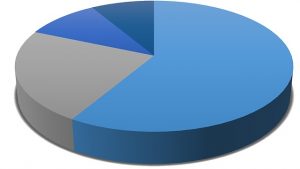
Pie charts are an excellent form of visualization provided you understand when and how to use them. Remember that pie charts are perfect for representing simple data but cannot be used to show correlation and other complex relations.
The key to an effective pie chart, or any other graph for that matter, is understanding the data at hand and making the best use of it. When users fail to do this, they often blame the chart. So, in conclusion, before questioning the worth of pie charts, it is more logical to question a user’s understanding of the data presented to them.
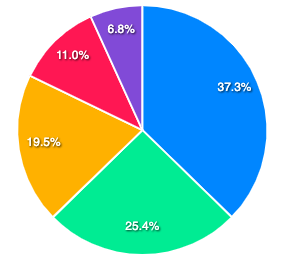
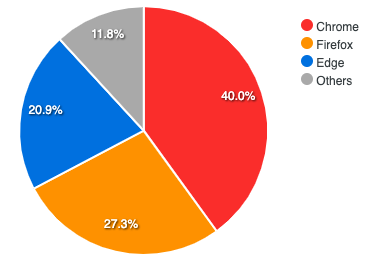
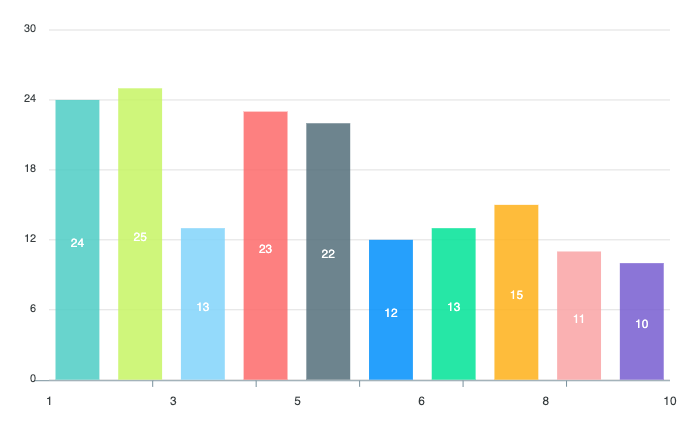 Creating a data visualization is not all about using different shades of colors. Too many colors can distract the viewer from the information the data visualization is supposed to convey. However, this doesn’t mean you should make use of colors that are too dull, and won’t be easily seen. Also, remember to put some viewers that suffer from some kind of color blindness into consideration, especially green or red.
Creating a data visualization is not all about using different shades of colors. Too many colors can distract the viewer from the information the data visualization is supposed to convey. However, this doesn’t mean you should make use of colors that are too dull, and won’t be easily seen. Also, remember to put some viewers that suffer from some kind of color blindness into consideration, especially green or red.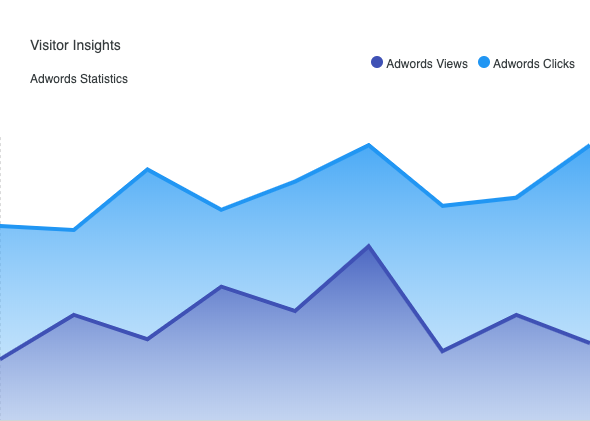 Using different shades of colors that are not alike, and do not blend well can really be the perfect way to confuse the viewer. So, you should either choose from a cool color palette or a warm color palette.
Using different shades of colors that are not alike, and do not blend well can really be the perfect way to confuse the viewer. So, you should either choose from a cool color palette or a warm color palette.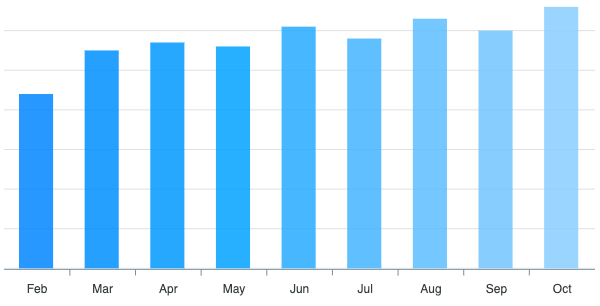 In order to ensure the viewers of the charts are fully focused and not distracted by the colors, you can use different shades of the same color to represent different values. This also helps to reflect a uniform appearance of the data visualization, and also make it appear clear and more easy to understand. However, don’t just use dark or light shades of the color in the middle of the chart, ensure the colors follow a progressive pattern.
In order to ensure the viewers of the charts are fully focused and not distracted by the colors, you can use different shades of the same color to represent different values. This also helps to reflect a uniform appearance of the data visualization, and also make it appear clear and more easy to understand. However, don’t just use dark or light shades of the color in the middle of the chart, ensure the colors follow a progressive pattern.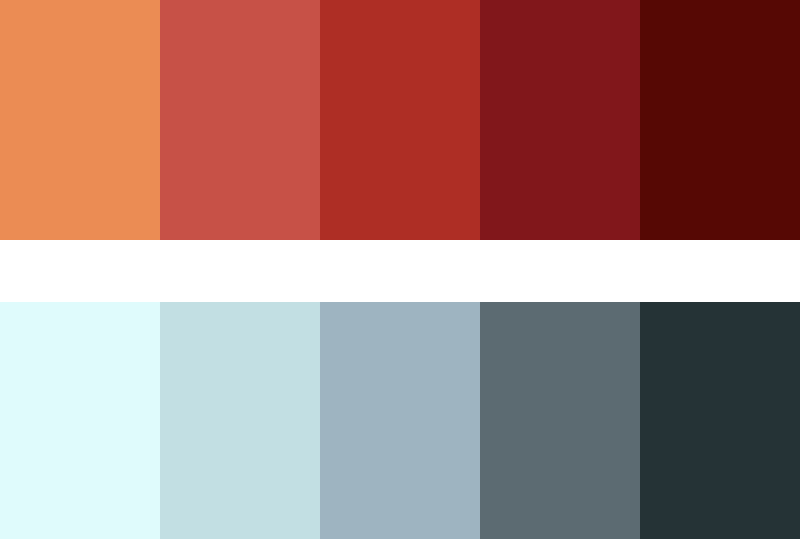 If you decided to use warm colors, then make sure you continue making consistent use of the colors. Also, if you decided to use cool colors, keep it consistent too. Don’t color one side of the data chart orange, and then color the other side gray, that is not ideal. Keeping the colors consistent is a basic principle of design that must be followed, and also makes it easy for viewers to understand. For instance, if the viewers already know what color represents a particular value, when they see the color again they will easily understand what it is representing.
If you decided to use warm colors, then make sure you continue making consistent use of the colors. Also, if you decided to use cool colors, keep it consistent too. Don’t color one side of the data chart orange, and then color the other side gray, that is not ideal. Keeping the colors consistent is a basic principle of design that must be followed, and also makes it easy for viewers to understand. For instance, if the viewers already know what color represents a particular value, when they see the color again they will easily understand what it is representing.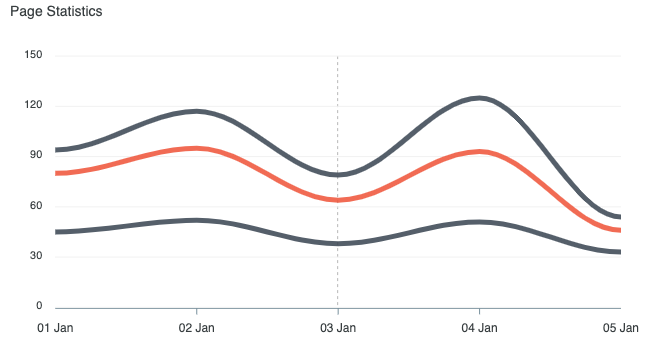 Although it is important to ensure the data visualization is not too colorful, there will be one or two particular points you really want the viewers to focus on. So what you do in this situation is to highlight the particular color with a bright color like yellow or orange. This will help to capture the attention of the viewer and bring their attention to that point. So do you see why it’s not ideal to use too many bright colors now? Viewers won’t know which of the points they should direct their attention to.
Although it is important to ensure the data visualization is not too colorful, there will be one or two particular points you really want the viewers to focus on. So what you do in this situation is to highlight the particular color with a bright color like yellow or orange. This will help to capture the attention of the viewer and bring their attention to that point. So do you see why it’s not ideal to use too many bright colors now? Viewers won’t know which of the points they should direct their attention to.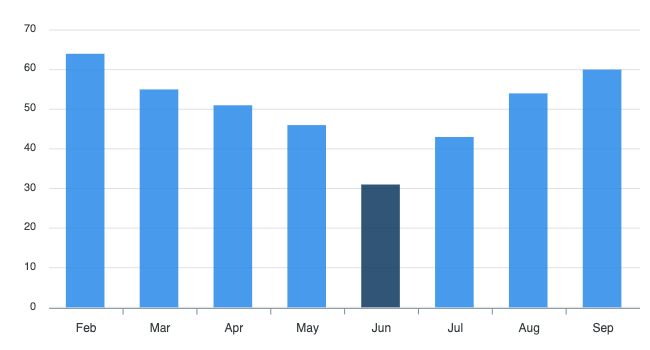 This is also similar to the previous point, just that this time you are not using an entirely different color to highlight the important point. For instance, if you have been using a lighter shade of blue, you can decide to use a deeper shade of blue to highlight the important blue to make it different and captivating. However, this method of highlighting only works for a chart where the points are not attached. This means the method can not work on a pie-chart where the points are attached but will work perfectly on a bar chart.
This is also similar to the previous point, just that this time you are not using an entirely different color to highlight the important point. For instance, if you have been using a lighter shade of blue, you can decide to use a deeper shade of blue to highlight the important blue to make it different and captivating. However, this method of highlighting only works for a chart where the points are not attached. This means the method can not work on a pie-chart where the points are attached but will work perfectly on a bar chart.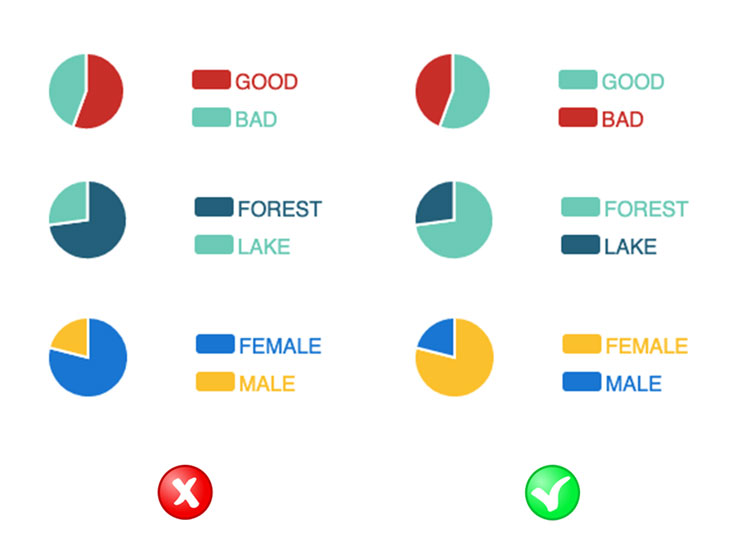 Then, when it comes to choosing colors to encode genders, consider not going with the blue-pink combination, but choose a warmer color for female, and a cool color for men. It is known generally that women love warm colors and men love cool colors, except in rare cases.
Then, when it comes to choosing colors to encode genders, consider not going with the blue-pink combination, but choose a warmer color for female, and a cool color for men. It is known generally that women love warm colors and men love cool colors, except in rare cases.
Reset Password
Enter your email address and we'll send you a link to reset your password.
Back to Login
Please wait...